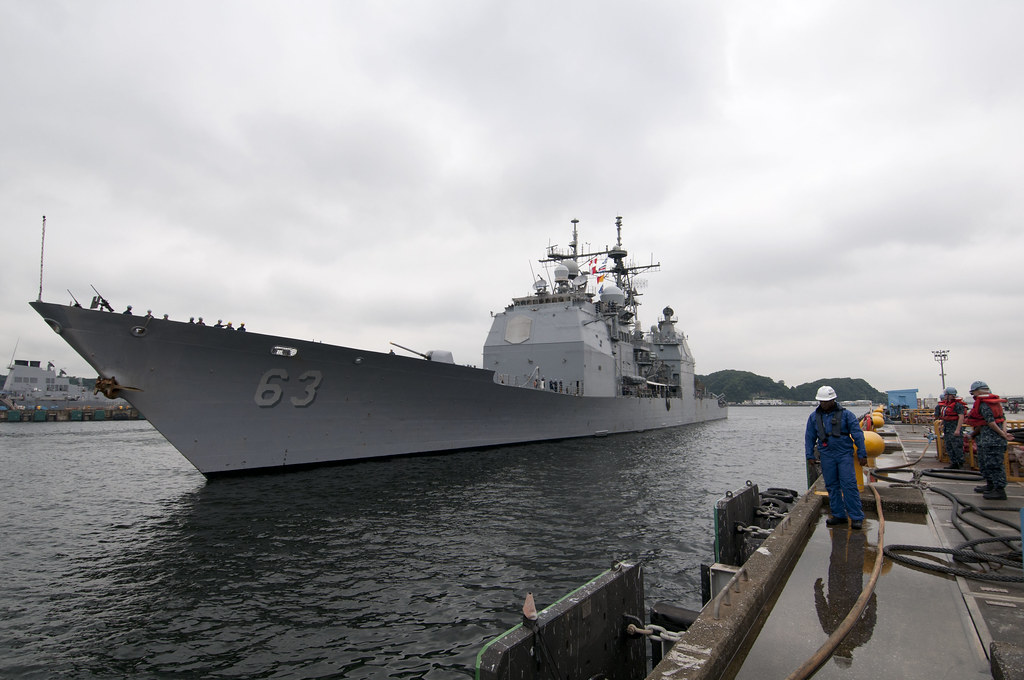 |
| Yasukuni Shrine - Japan |
Author: Peter Drysdale, Editor, East Asia Forum
Four days ago, Japanese prime minister, Shinzo Abe, paid a surprise official visit to Yasukuni Shrine, the memorial which enshrines Japan’s war dead including 14 Class-A war criminals in Tokyo.
The immediate effect has been to greatly elevate political tensions in Northeast Asia and to raise deep anxieties about his reliability as the leader of the United States’ major alliance partner in the Pacific. The US response was low-key but crystal clear. The United States ‘is disappointed that Japan’s leadership has taken an action that will exacerbate tensions with Japan’s neighbours‘.
For many Japanese, Yasukuni Shrine is simply a religious site meant for honouring the nation’s 2.5 million war dead. But it also is steeped in controversy, both at home and abroad. Japan’s wartime emperor, Hirohito, and his successor, Akihito, quietly boycotted visiting the shrine after then head priest, Nagayoshi Matsudaira, secretly enshrined war criminals there in 1978. A war museum on the grounds of the shrine justifies Japan’s invasions of Korea and China in the name of freeing Asia from imperialism, with no mention of Japan’s wartime atrocities, such as the rape of Nanking or frontline use of sex slaves. When prime minister Yasuhiro Nakasone visited in the shrine 1985, the international outrage was so strong that no other prime minister visited for another 11 years, until Ryutaro Hashimoto paid a visit in 1996. Junichiro Koizumi visited every year during his prime ministership, between 2001 and 2006, and although they were supposed to be non-official, these visits caused outrage in China and a sharp downturn in China-Japan relations that severed high-level bilateral political exchanges throughout the entire period.








_maneuvers_into_position_in_a_formation_exercise_with_the_amphibious_assault_ship_USS_Essex_(LHD_2).jpg/800px-thumbnail.jpg)















